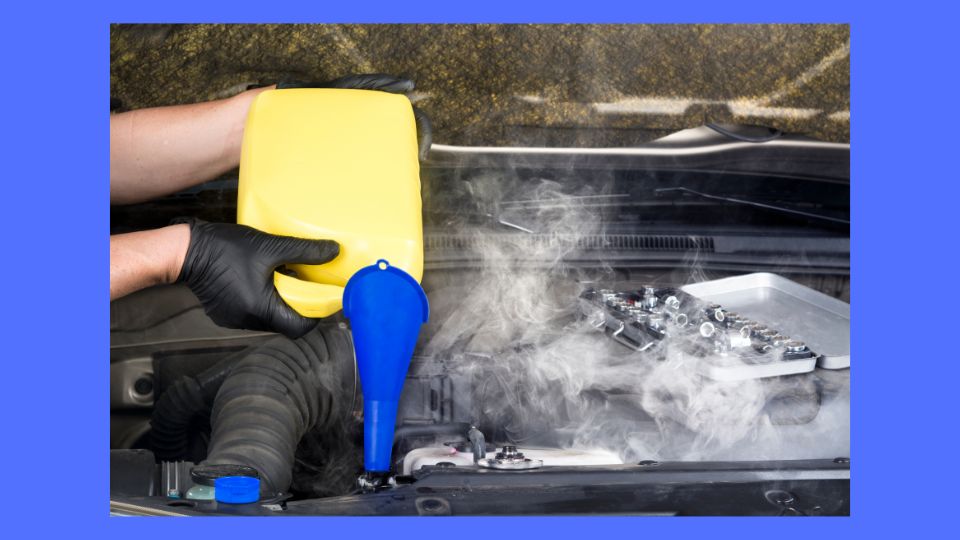Preventing Radiator Leaks In Your Truck
Do you know how you can prevent radiator leaks in your truck? It is never appealing to see leaking under your truck. It does not matter whether the leakage comes from the radiator, water pump, or the cooling system, but it is a sign of something serious worth not ignoring. Fortunately, there are ways you can use to prevent leaks without spending much or performing repairs. The radiator stop leaks flow inside the hoses without narrowing down their sizes.
The radiator stop leaks are either liquids, pellets, or powder. They are usually poured into the radiator to flow with the coolant. When flowing, it seals the leakages along the cooling system. They also lubricate your water pump together with the seals. Stop leaks are cost-effective in avoiding the headache of taking your truck for a mechanical check and repairing the damages expensively.
The Best Radiator Stop Leaks
Here are some of the best ways to stop radiator leaks you can buy to service your radiator.
K-Seal Coolant Leak Repair
K-seal coolant leak repair works in seconds in offering a tight seal to your cooling system. Using this product is easy and does not require professional intervention. Just buy it and apply it to your cooling system. You can add it when your engine is hot or cold. This feature of working under any temperature makes it time-saving. When adding it to a hot engine, be cautious of hurting yourself.
The K-seal repair freely mixes with any anti-freeze in your cooling system. Therefore the brand of your truck is not an issue when buying it. When the need arises, it is easy to flush it from the cooling system.
Bar’s Leaks Liquid Aluminum
Bar’s leak is famous and the best aluminum stop leak. It is a product of various compounds that work jointly to seal leaks and condition your engine. Bar’s leaks are durable and stop leakage in different parts of the radiator made of multiple materials such as aluminum and plastic.
You do not need to flush out your anti-freeze when adding this stop leak. And it is compatible with all kinds of coolants. The downside of this product is applying it, your engine has to idle for at least 20 minutes to seal all the leaking parts.
Blue Magic Radiator and Block Sealer
Blue magic radiator and block sealer is a liquid glass and copper radiator stop leak that permanently repairs all the leaking parts of your cooling system. If you have a heavy-duty truck whose radiator is leaking, this is the best radiator leaks consideration. It is easy to use. Just pour it directly into your radiator, and it will offer a solution within 5 minutes.
The disadvantage of this product is that it works perfectly in big engines and is never clear dry, making it less attractive.
Conclusion
The radiator is a vital part of the cooling system and acts as a point where heat exchange occurs. The hot coolant gets cooled and travels back to the engine. Radiator leaks are common, and it is essential to avoid them as early as possible. Some DIY solutions, such as using radiator leaks solutions, offer a cost-effective solution. The above are some of the reliable radiator leaks solutions to consider.



